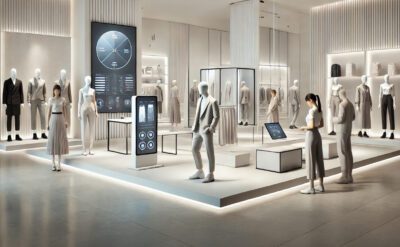Most people think that a high-performance building is one that only protects the environment. The fact is that a high-performance building also enhances the lives of the people who occupy them. This paradigm shift has resulted in a focus on incorporating wellness design into high-performance buildings, with continuous monitoring and measurement of human impacts.
Designing for Wellness
Healthy buildings mean healthy people. On average, we spend 90% of our time indoors, so we need to design for people’s physical and mental well-being. Healthy buildings lead to increased cognitive function, higher productivity and better overall health. Generally, the elements of wellness design focus on:
- Air Quality – Designing better ventilation, diluting contaminants, extracting pollutants, accounting for combustion, controlling humidity
- Lighting – Providing access to daylight, considering circadian rhythms, employing lighting controls
- Thermal Comfort – Considering thermal comfort in varying conditions, controlling for air temperature, radiant temperature of enclosure systems, humidity, and air movement; all of which impact individual comfort levels
- Water – Strategic placement of drinking water, proper filtration, energy efficient and low carbon heating of domestic hot water
- Sound – Setting noise reduction and sound transmission targets, using sound-absorbing materials
- Biophilia – Connecting to nature, including indoor green spaces, considering space and place conditions
- Exercise – Encouraging using the stairs, designing for vertical accessibility, providing fitness spaces
- Mood – Creating meditation spaces, getting user feedback on mood, providing for individual comfort and happiness
Bringing together every element of wellness design requires a deep knowledge of the project, collaboration with the owner, constructor, users and other partners, as well as consistent, ongoing user feedback.
Considering a Wellness Certification
There are multiple healthy building certifications that owners may consider in the early stages of a project including:
- WELL – Framework for improving the health and human experience of building users
- FitWel – Verified criteria approach to seven health-impact categories to improve user health and comfort
- LEED® IAQ: Building flush outs and air quality testing prior to occupancy within the LEED® standard
Investigating whether one of these certifications can be strategic for funding or attracting a certain type of tenant is a first step in the decision process. It is important to establish a clear plan at the outset of the project in collaboration with the architects and engineers if a specific certification is desired. This will ensure that the project is designed to meet all performance requirements for certification and recertification in subsequent years.
Using Technology to Measure Wellness
Data is critical to understanding the impacts of wellness design. Using technology to improve and track the health of a building and its users is the next step in creating long-term healthy environments. The mix of technologies may include:
- 3D Modeling software to map integrated systems
- IoT Sensors to help monitor changes in critical elements of healthy buildings such as temperature, pressure, light, vibration and sounds
- Smart HVAC systems, HEPA Filters, MERV 13 Filters help improve air quality and remove airborne diseases
- Touchless technology such as sensors for doors, elevators, remote access, hands-free systems
Humans spend 90% of their lives indoors. Designing with wellness as part of a holistic approach is an investment that benefits the physical and mental well-being of the users who occupy the space. To truly design holistically, architects, interior designers and engineers must design a building that delivers human comfort and wellness – on balance with functionality, aesthetics, accessibility and sustainability
Download E-Book



